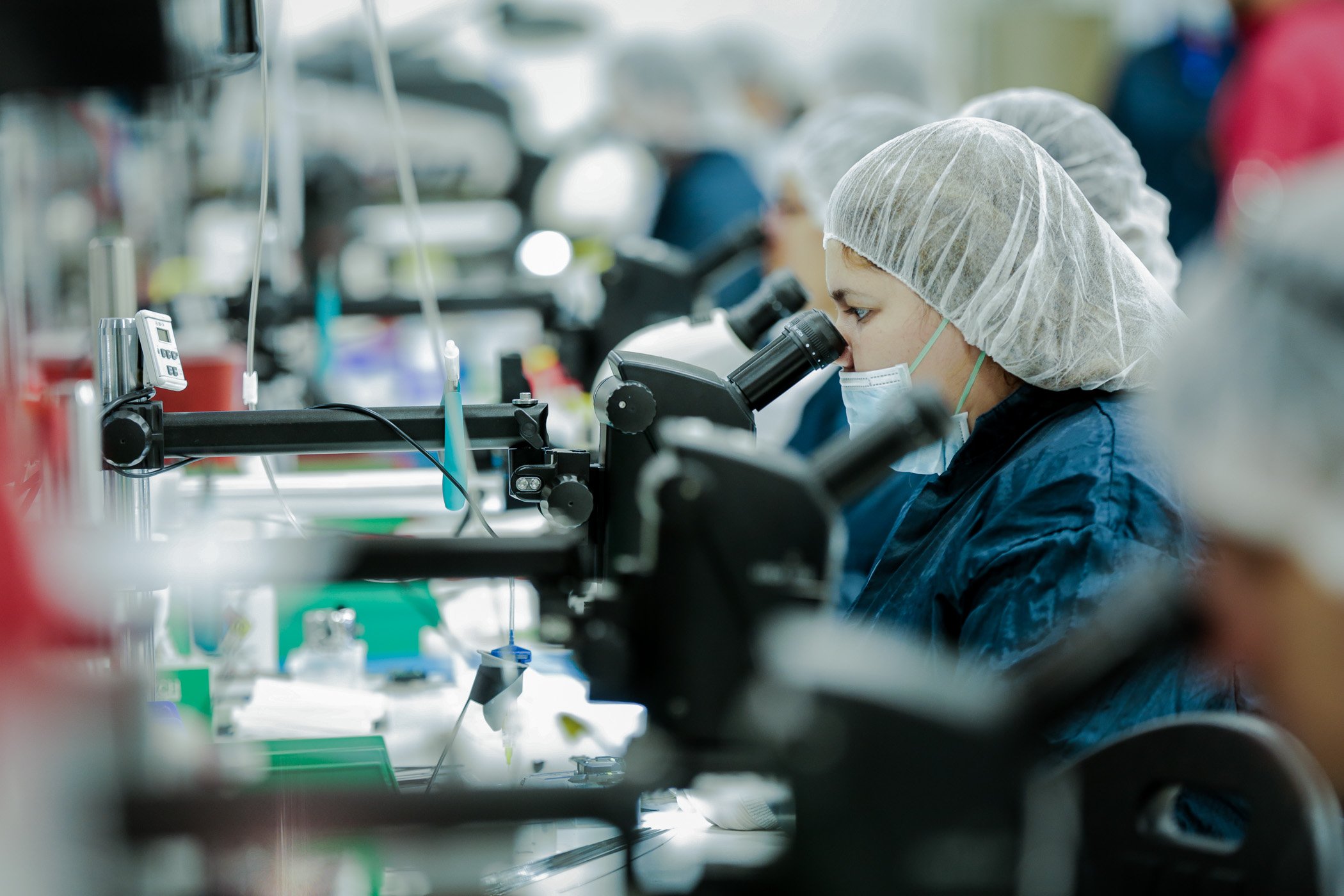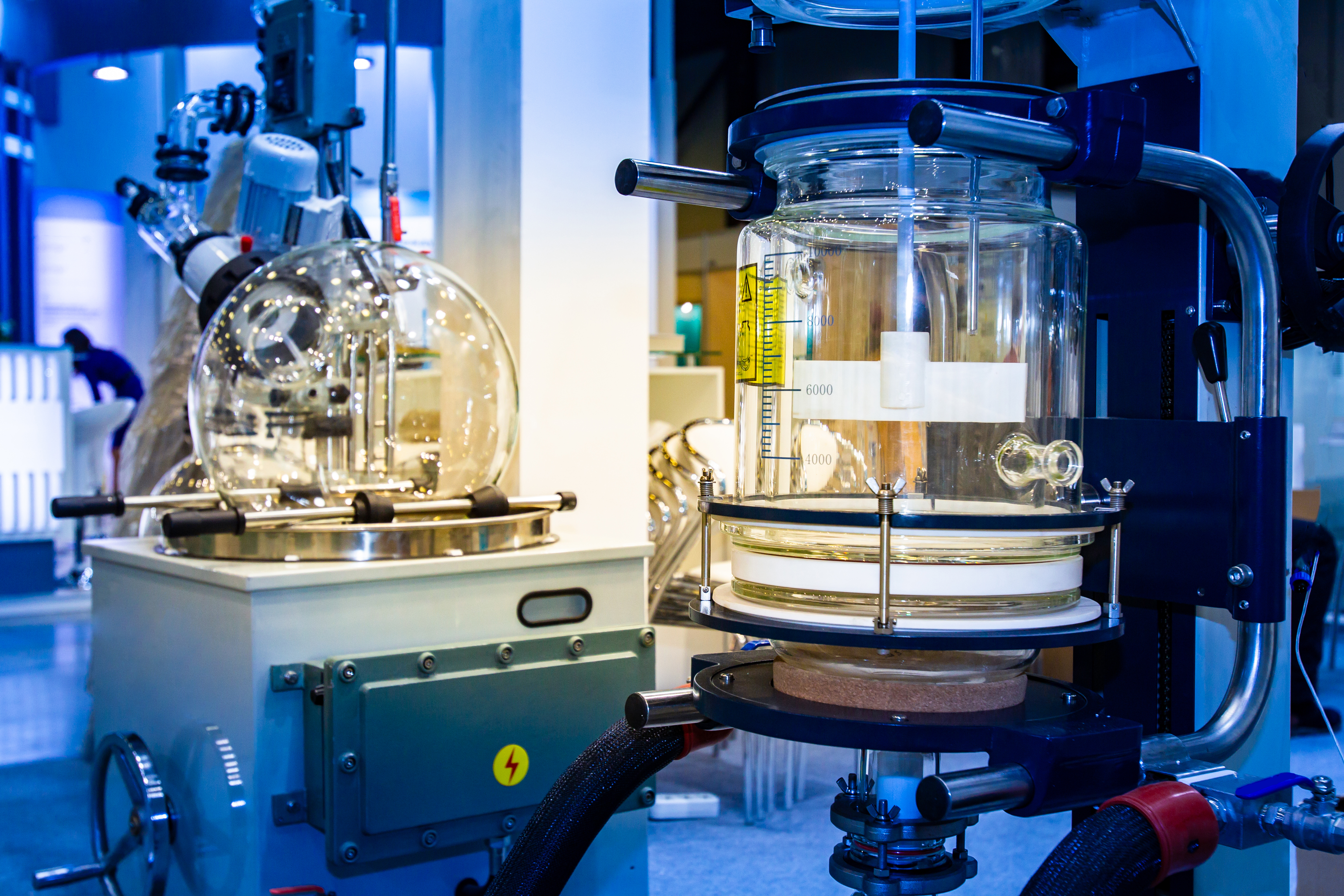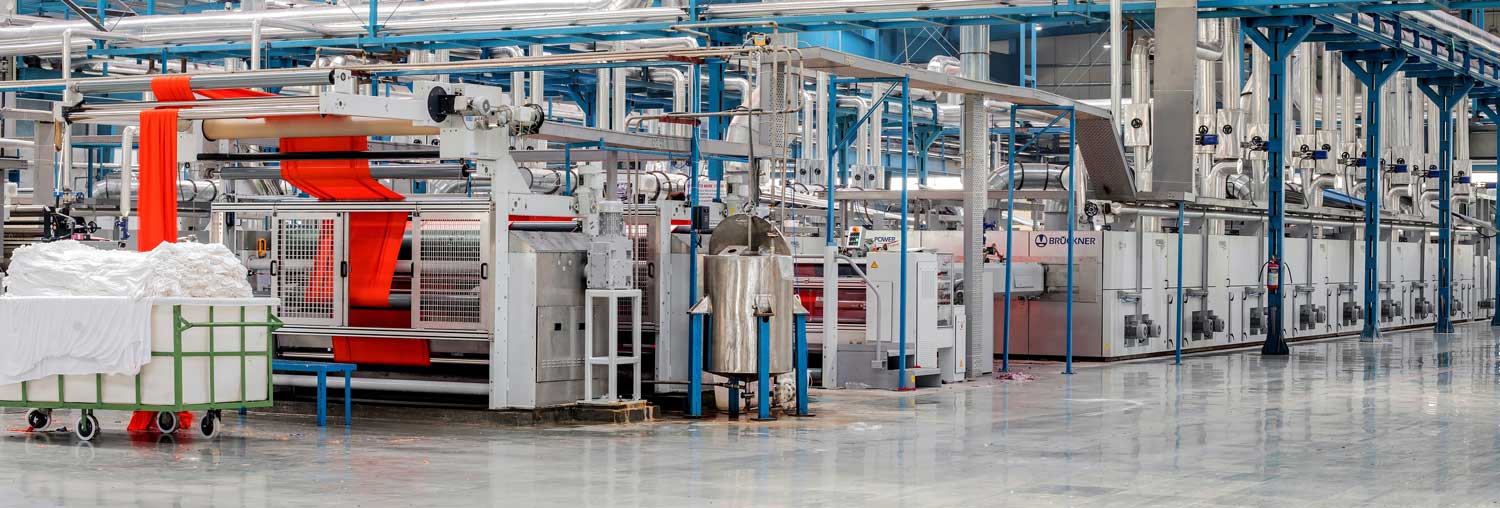Scientists at Stanford University have been pioneering medical device development in the way of tiny implants that could one day deliver hyper-localized treatment for illnesses and pain.
Approaching chronic pain relief with optogenetics
A team of scientists and engineers at Stanford have been studying treatments for chronic pain and hope to find a solution through optogenetics, a process that uses light to control neurons. According to the Stanford Medicine News Center, the team hopes that these tiny devices will provide a viable alternative to narcotics and surgery, both of which come with uncomfortable side effects and significant risk - and unfortunately, oftentimes little relief.
"Most people don't even achieve 50 percent pain control," said David Clark, a professor of anesthesiology, perioperative and pain medicine in the report.
The Bio-X project combines electrical engineering, bioengineering and anesthesia to solve such problems. Bio-X fellow Kate Montgomery and Scott Delp, professor of bioengineering and mechanical engineering, have found a way to use optogenetics to manipulate neurons that transmit chronic pain. A certain color can stop nerves from firing, while another can have the opposite effect.
The team hopes to combine the optogenetic capabilities of the device with wireless technology so that they can design their experiments, currently being tested on mice, to more closely mimic the true experience of the patient. Wiring and batteries make devices cumbersome and less useful, as the university reports that patients frequently complain about the activities they miss out on due to their chronic pain and need total liberation from their treatment forms.
Using ultrasound to power devices wirelessly
Luckily, they have made groundbreaking steps towards creating the needed wireless technology to power a new generation of medical devices, says another release by Stanford News. Ultrasound, which has been used safely in fetal imaging for years, can deliver energy to smart chips that are a millimeter or less in size.
The team hopes that this method will not only help treat chronic pain, but also perform a multitude of other medical tasks such as neurological study. Ultrasound is able to power the tiny medical devices by converting sound waves into electricity through "piezoelectricity," a form of electricity created by fluctuating pressure.
The medical implant, which is made of piezoelectric material, allows for an rapid compression and decompression caused by sound pressure that generates a charge. The molecular structure of the material springs back into shape when the pressure subsides - a process that Stanford reports works like an electrical spring, somewhat similar to jumping on a bed. This charge subsequently powers the device, which can process and execute commands as well as report activity back to an external location.
A team presented the prototype of the tiny, wireless implant system in San Jose at the IEEE Custom Integrated Circuits Conference recently. Though it is currently the size of the head of a ballpoint pen, the university hopes that it will eventually be one tenth that size and assist in the integrated study of the central nervous system to help solve problems like Parkinson's disease.
Subscribe
Sign up and stay informed with tips, updates, and best practices for manufacturing in Mexico.





